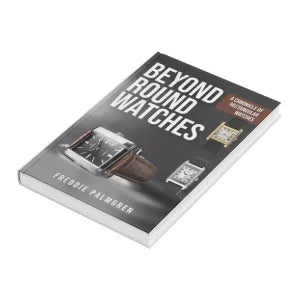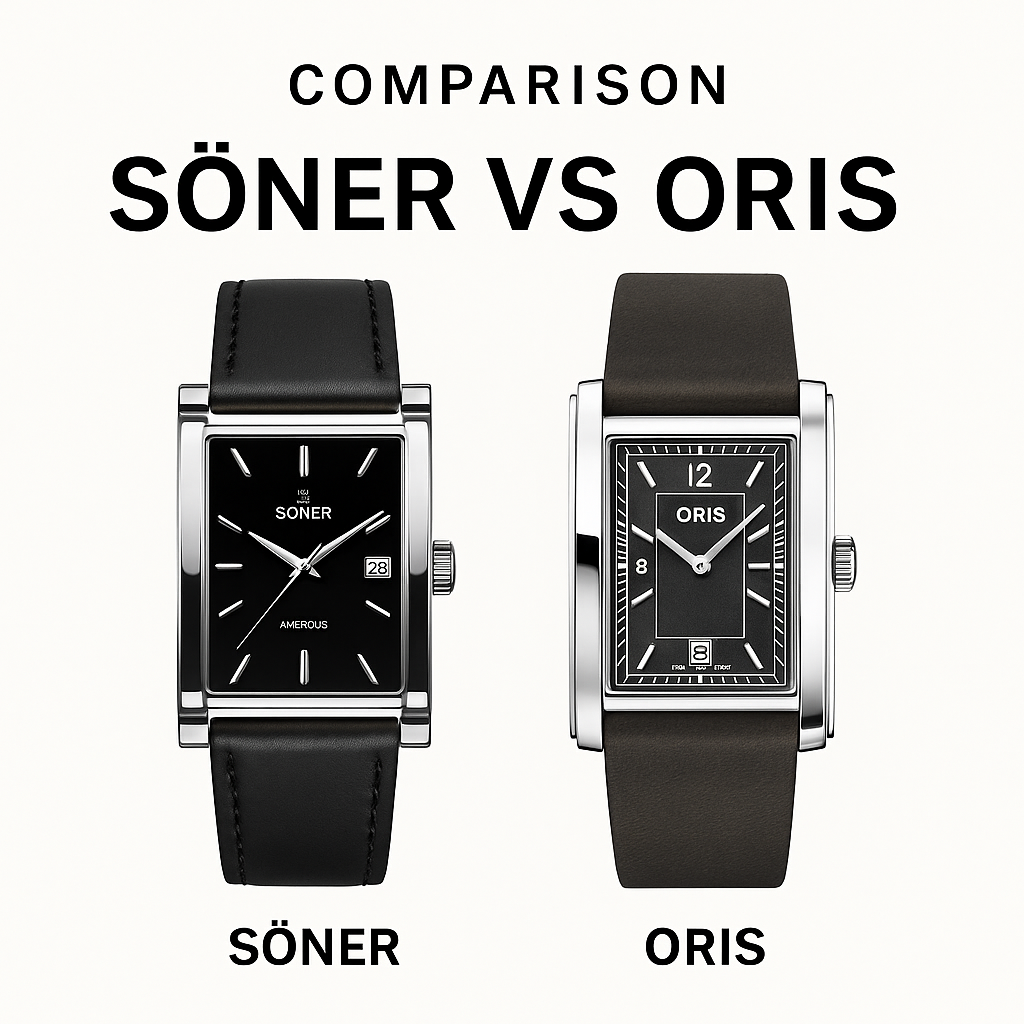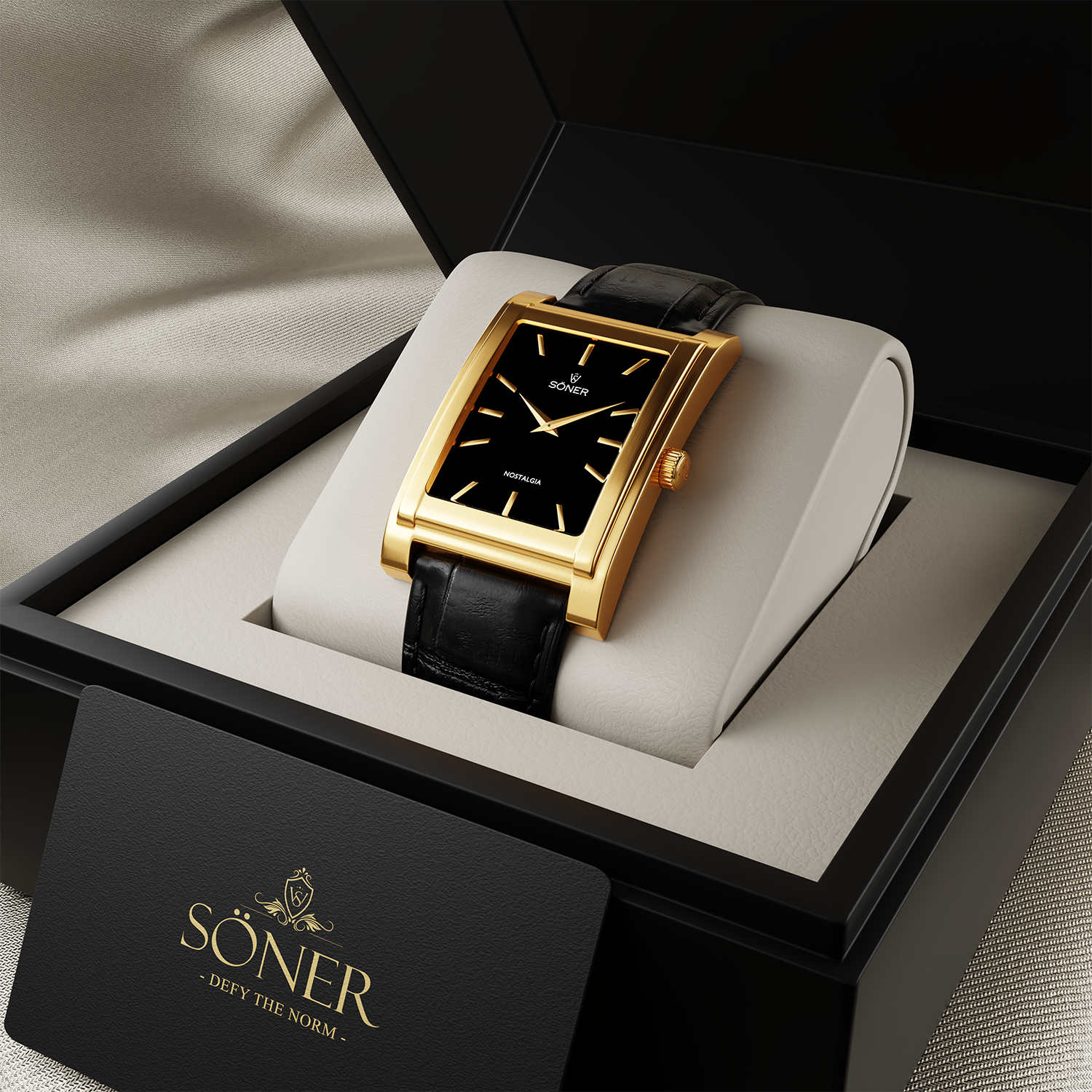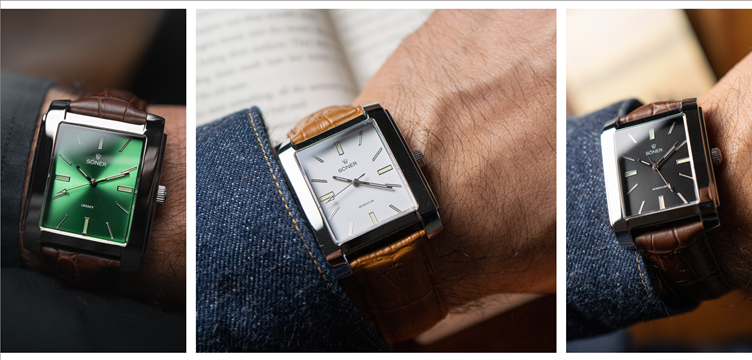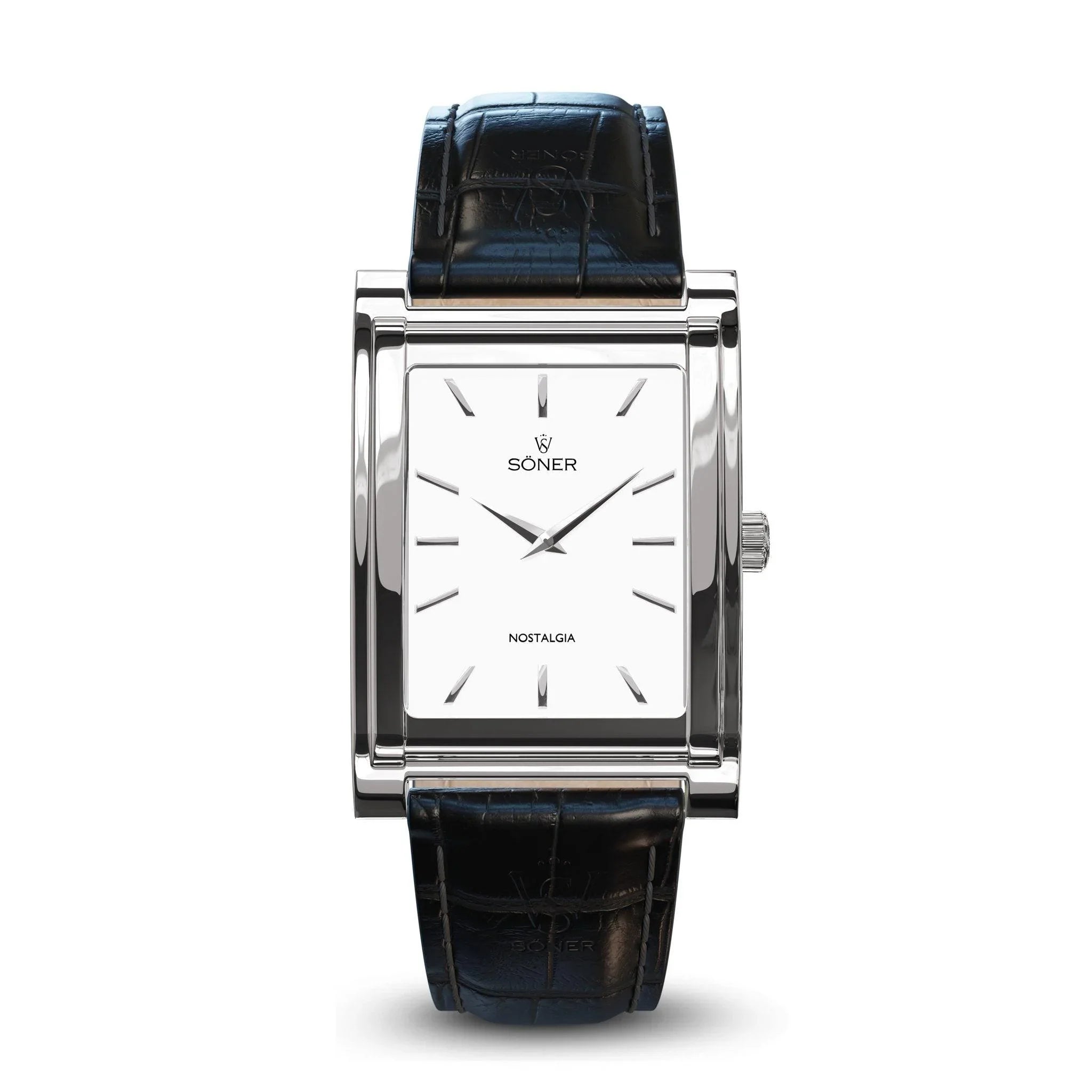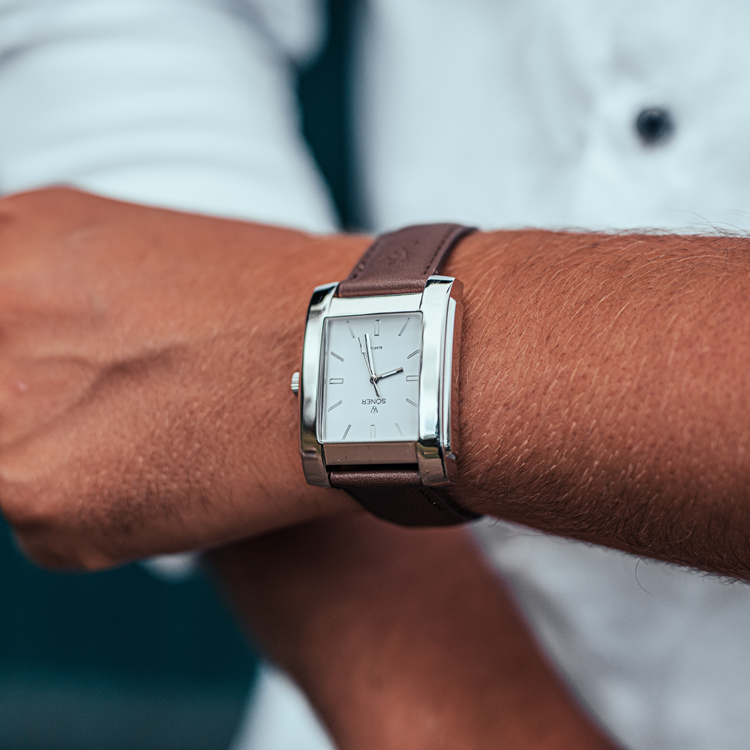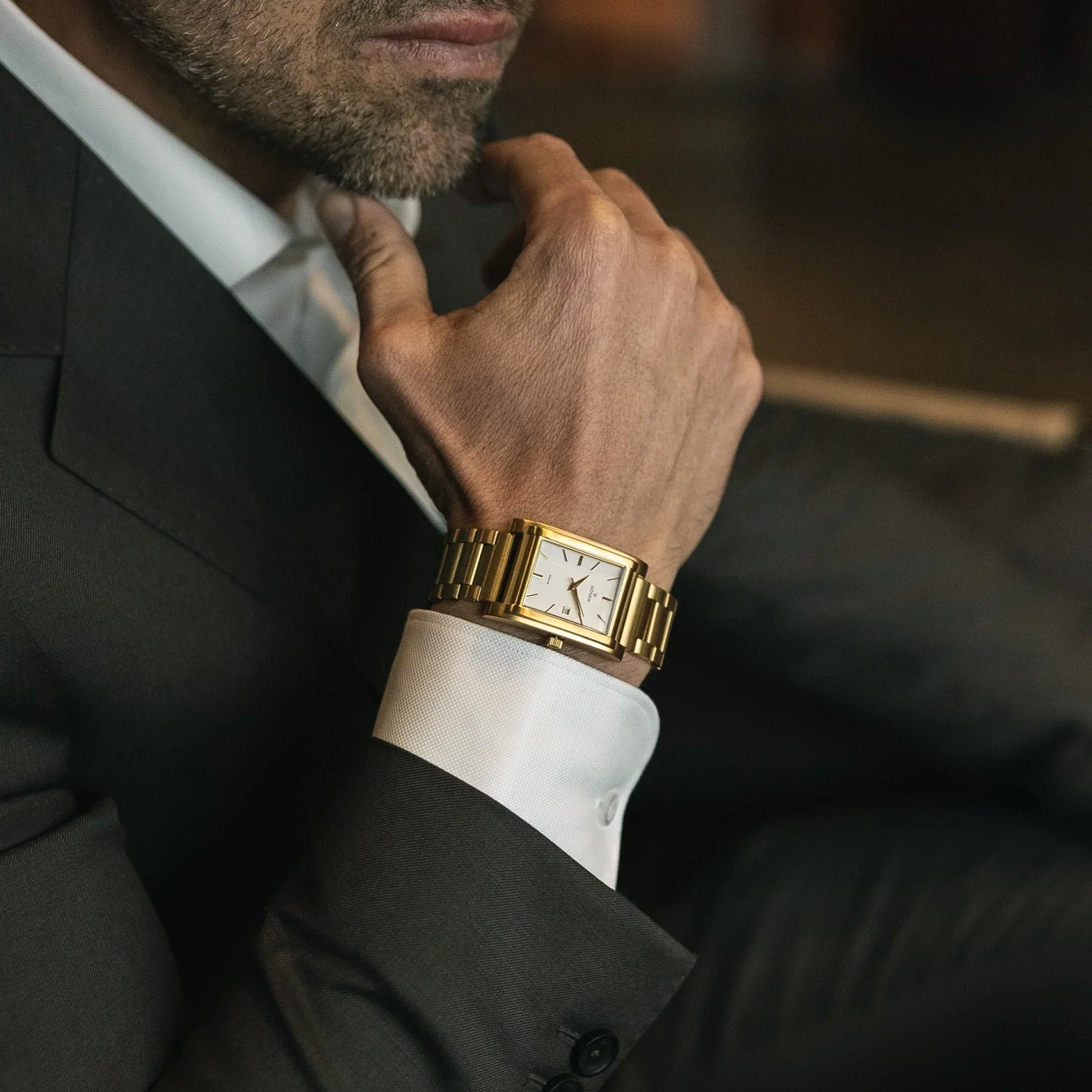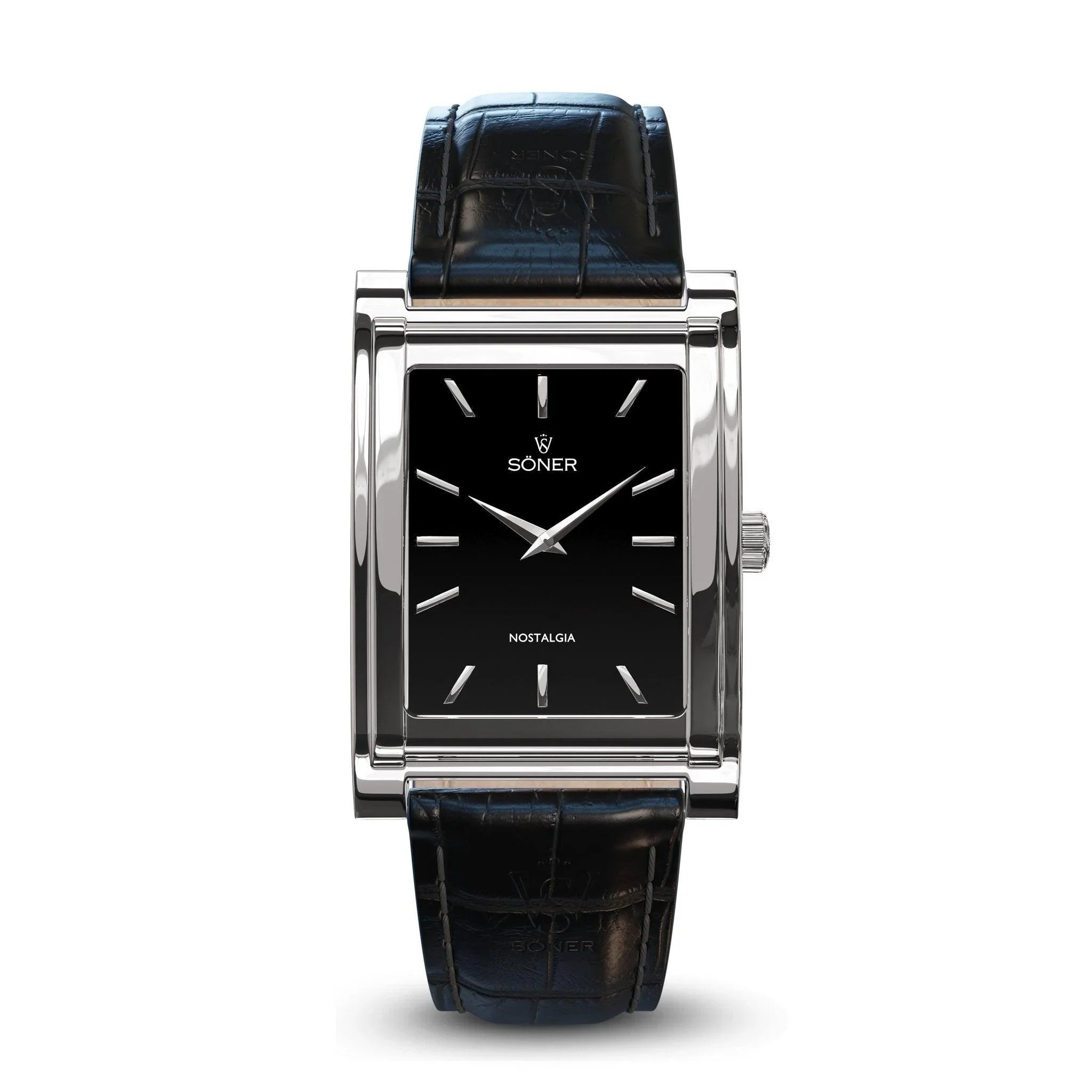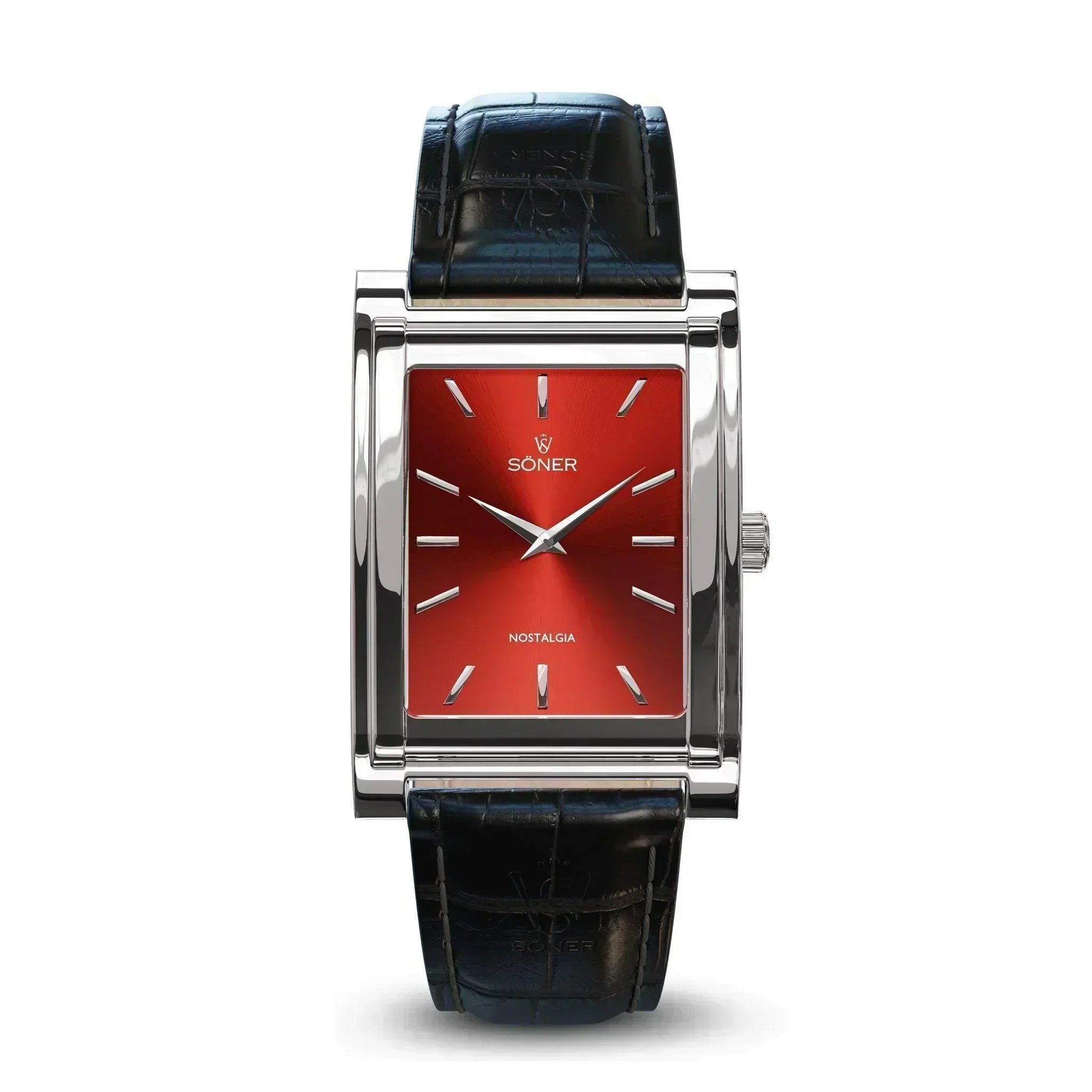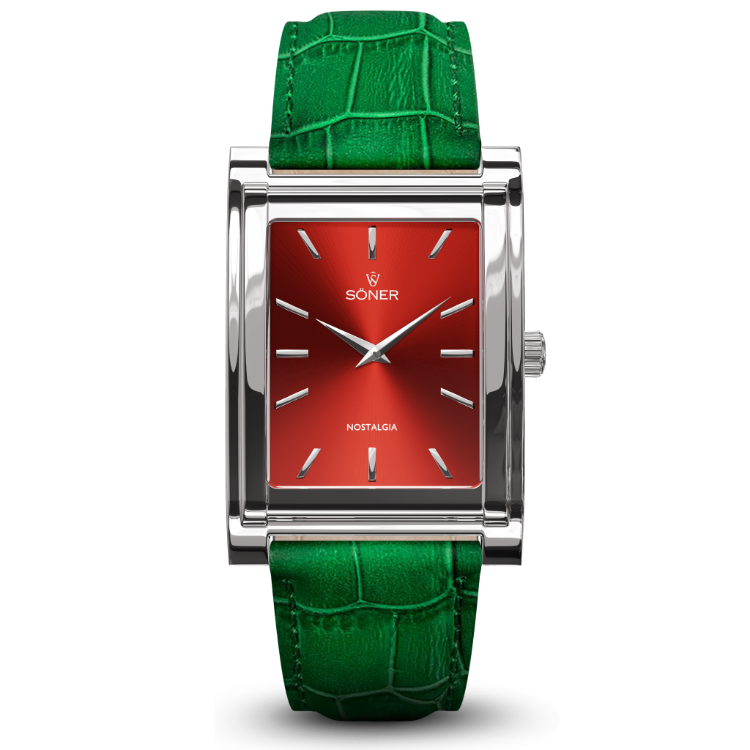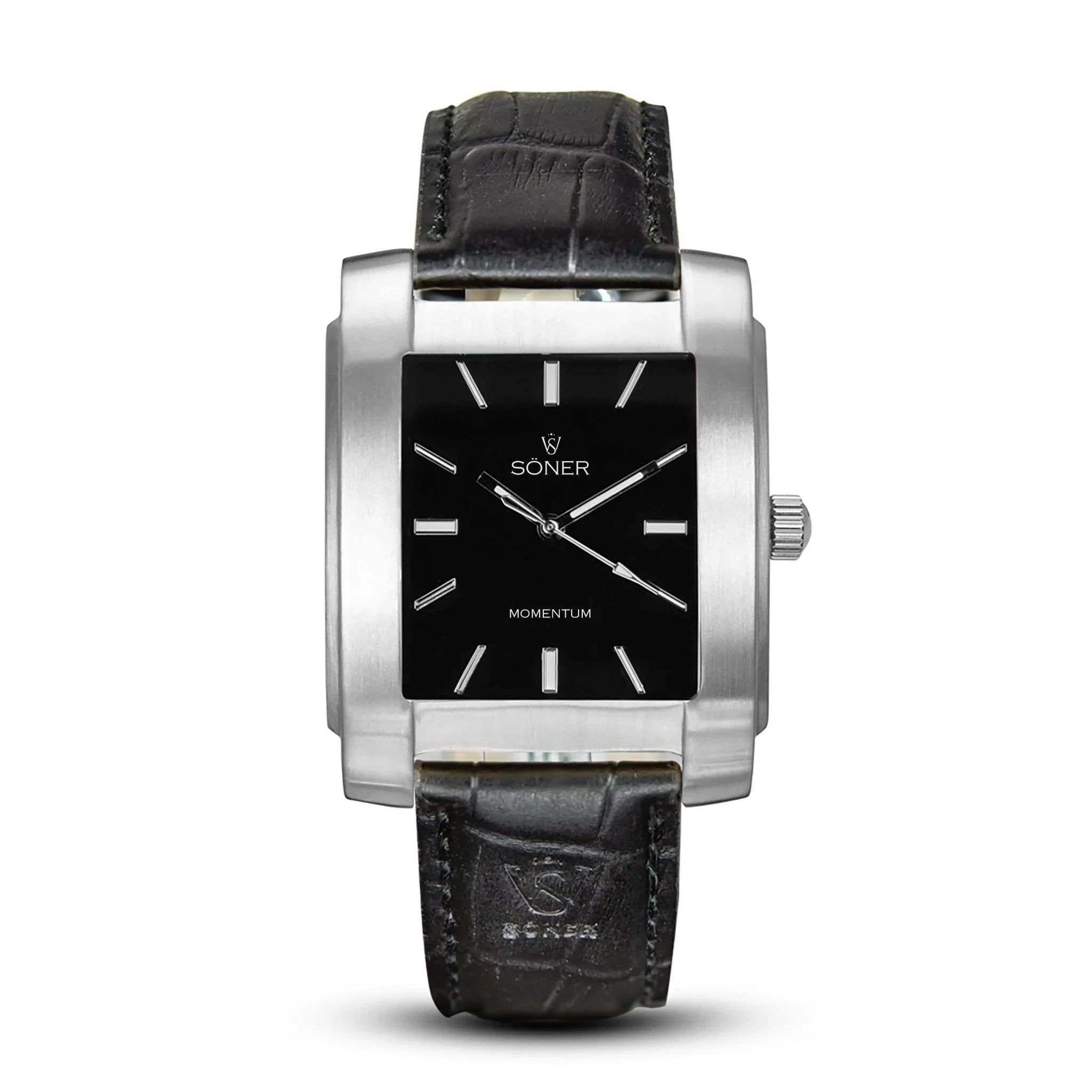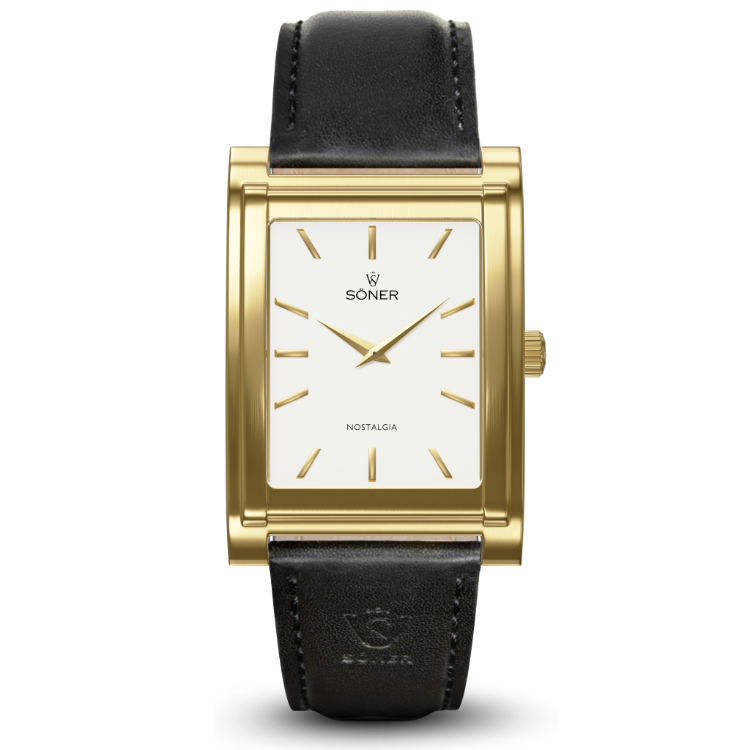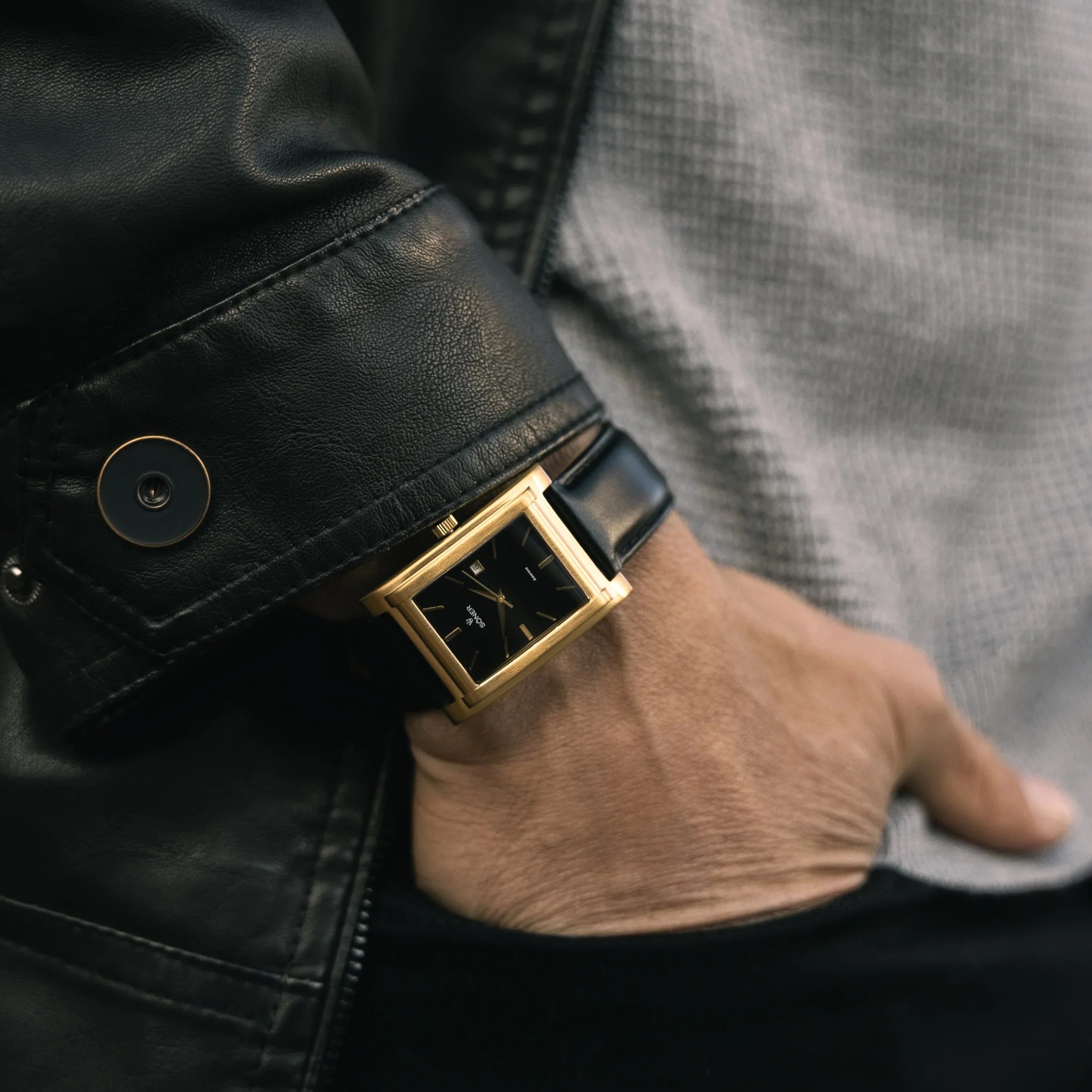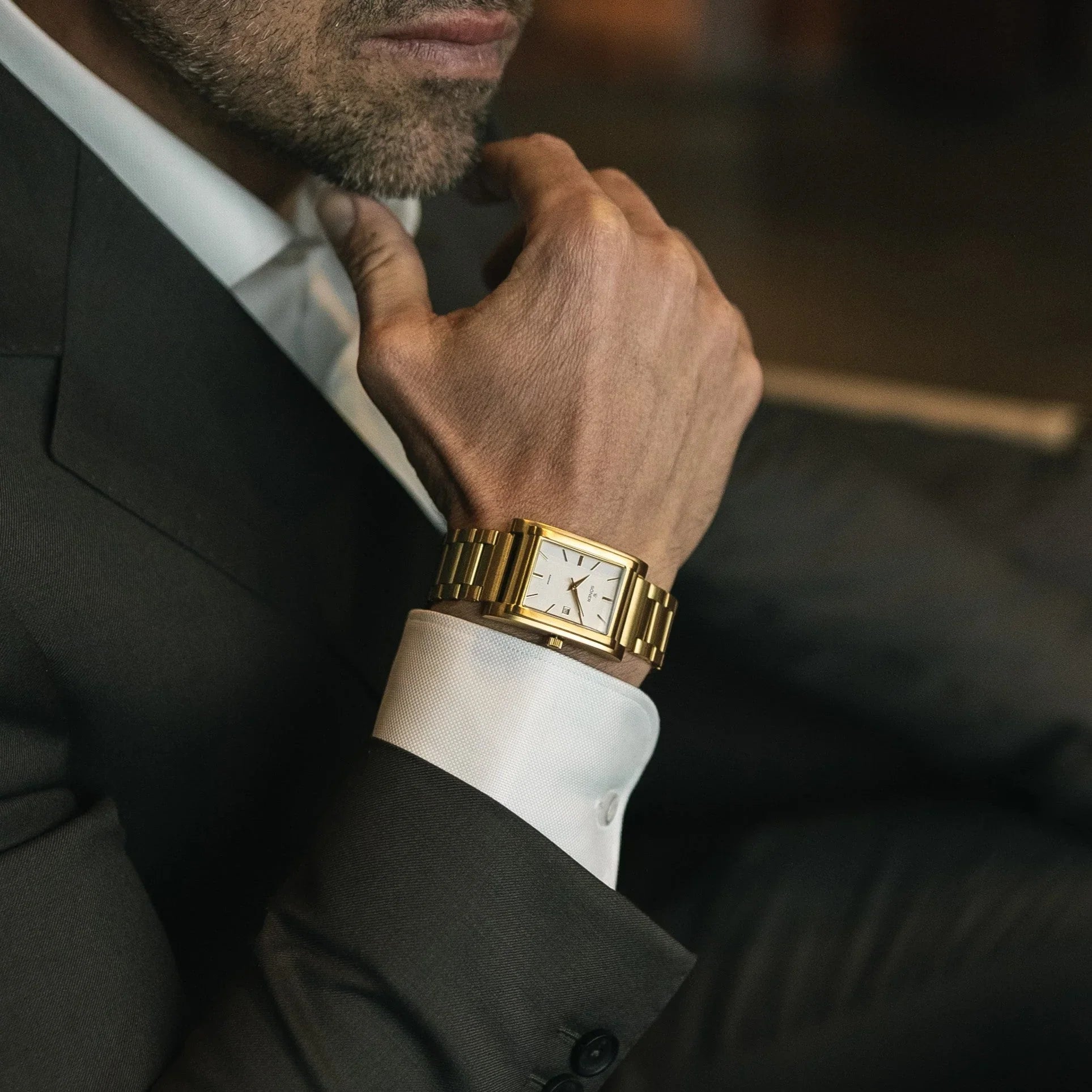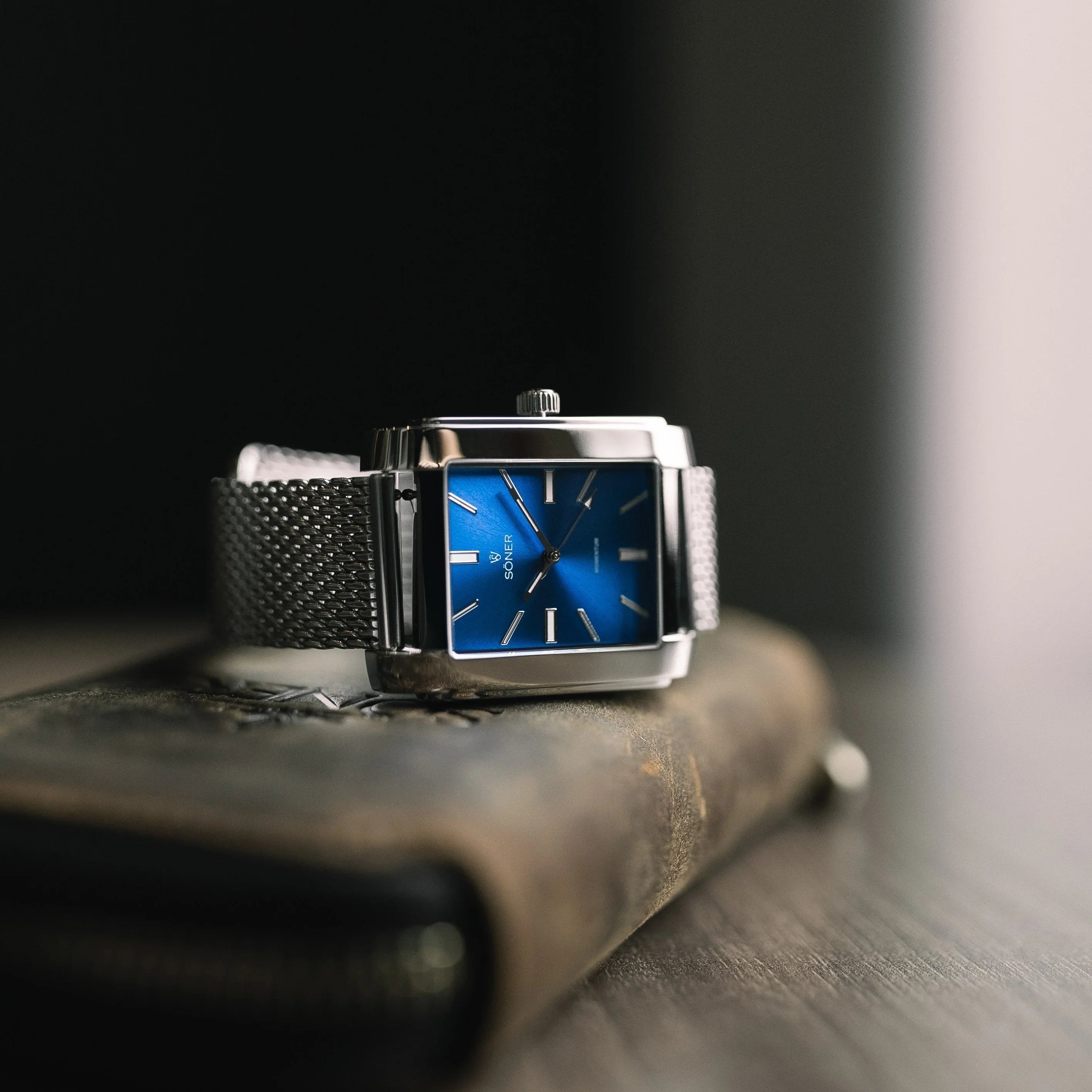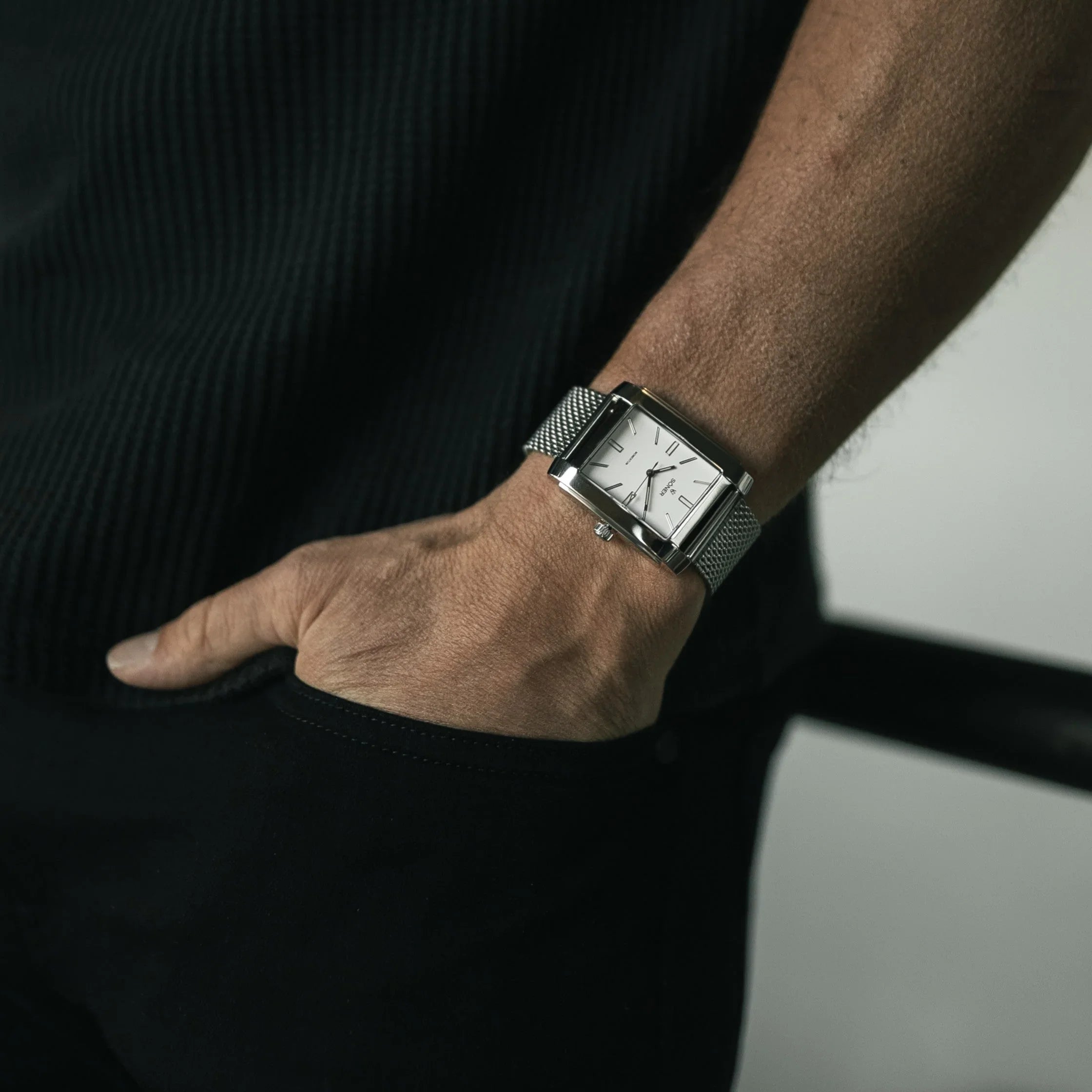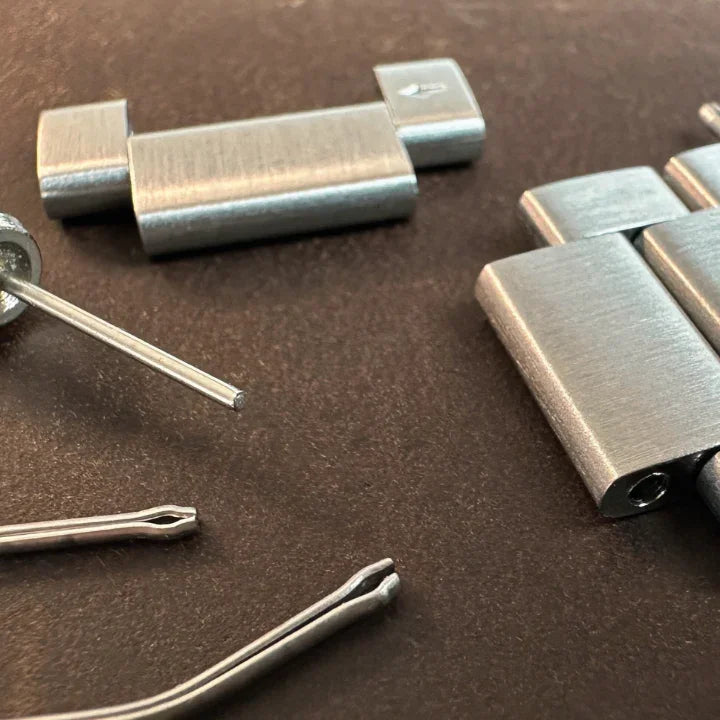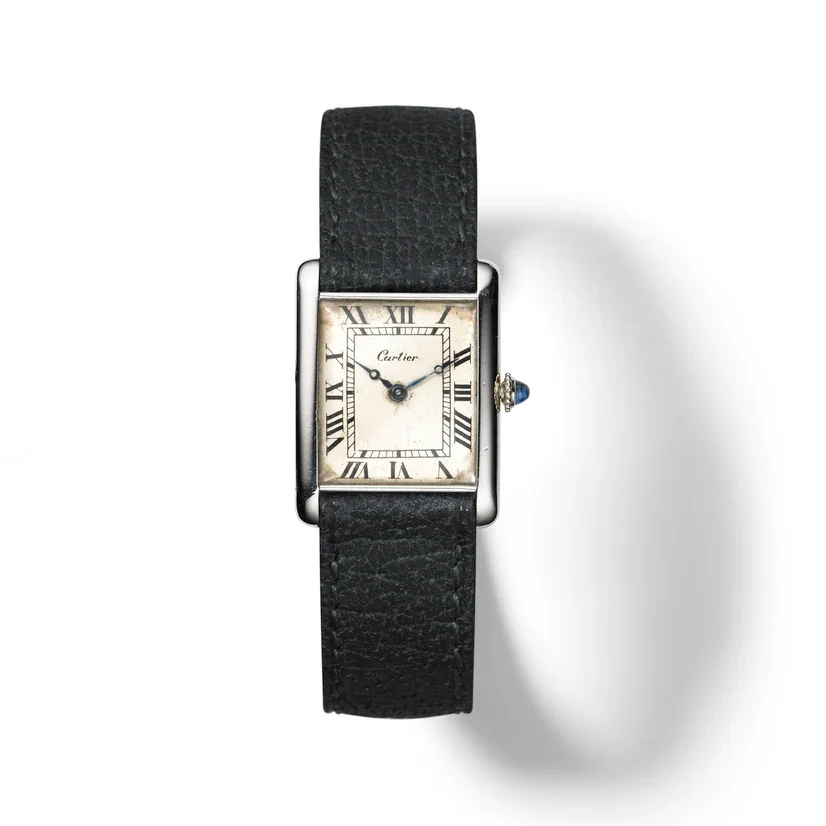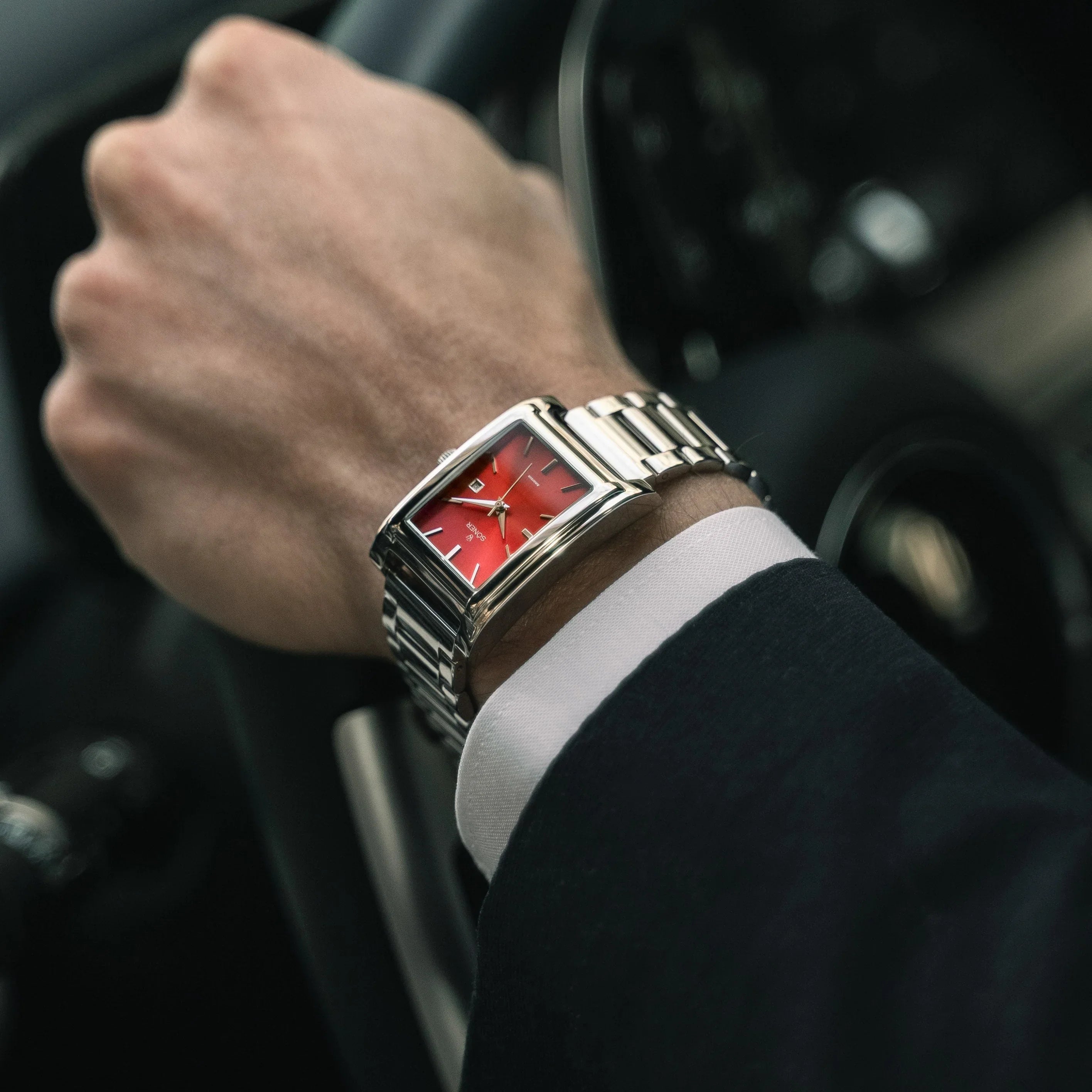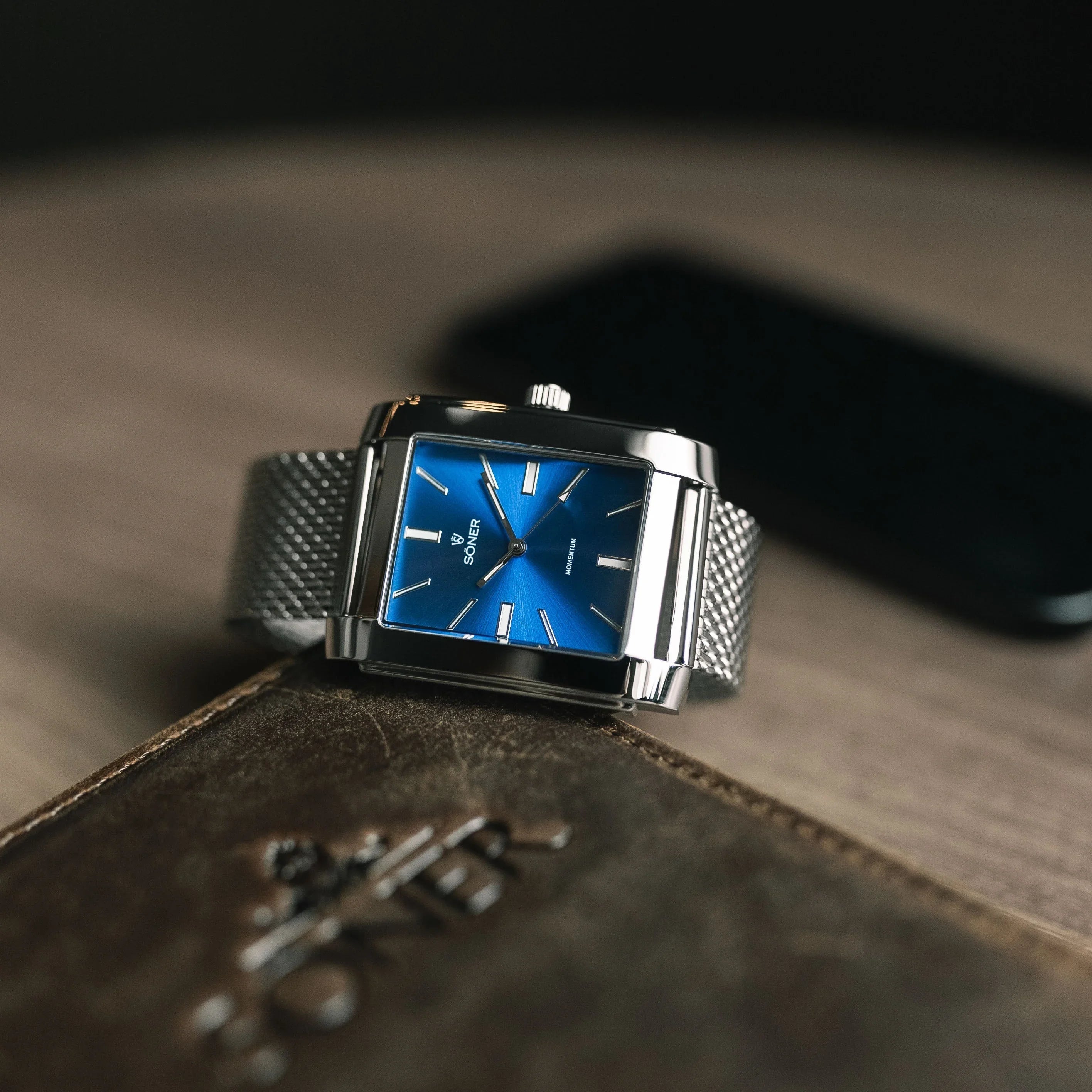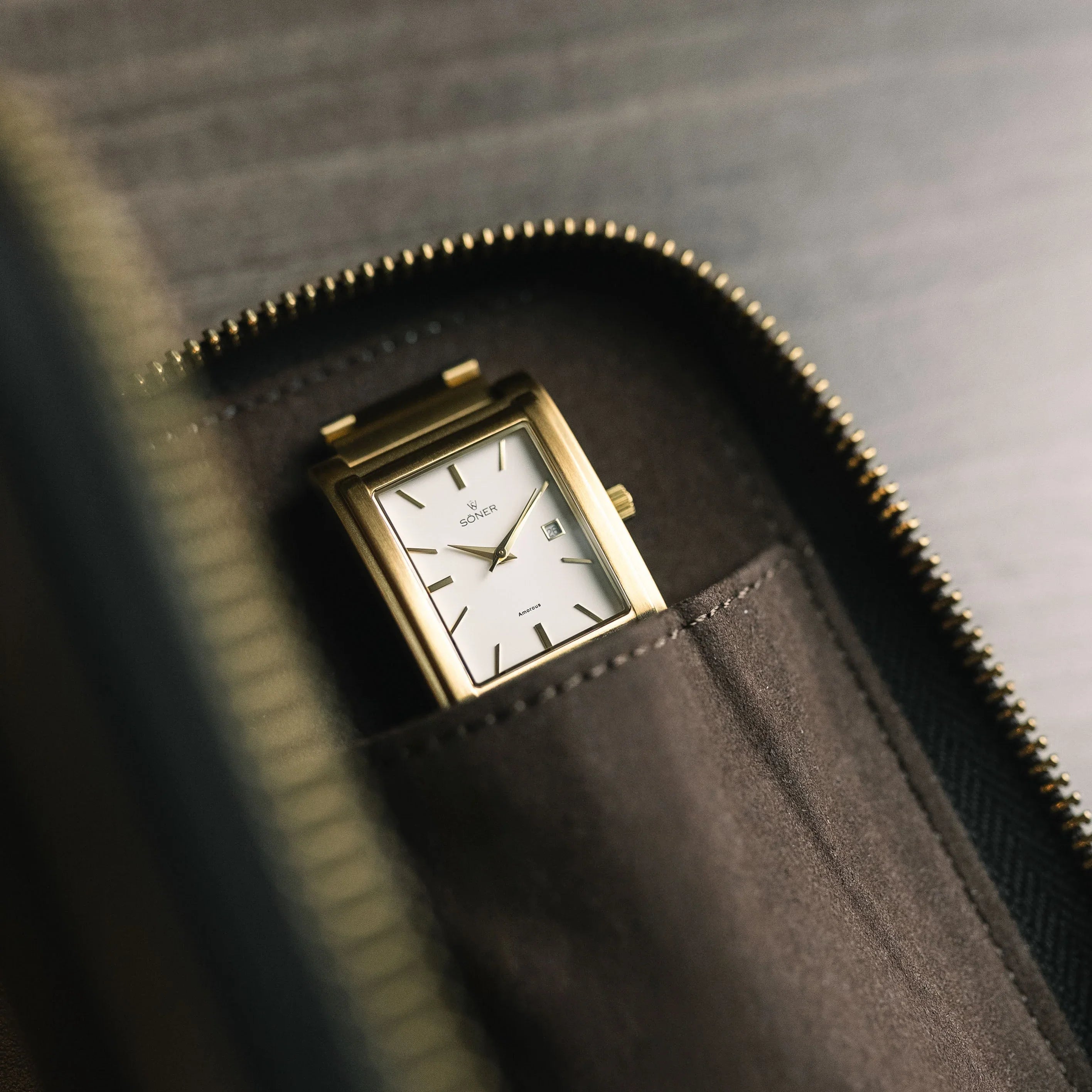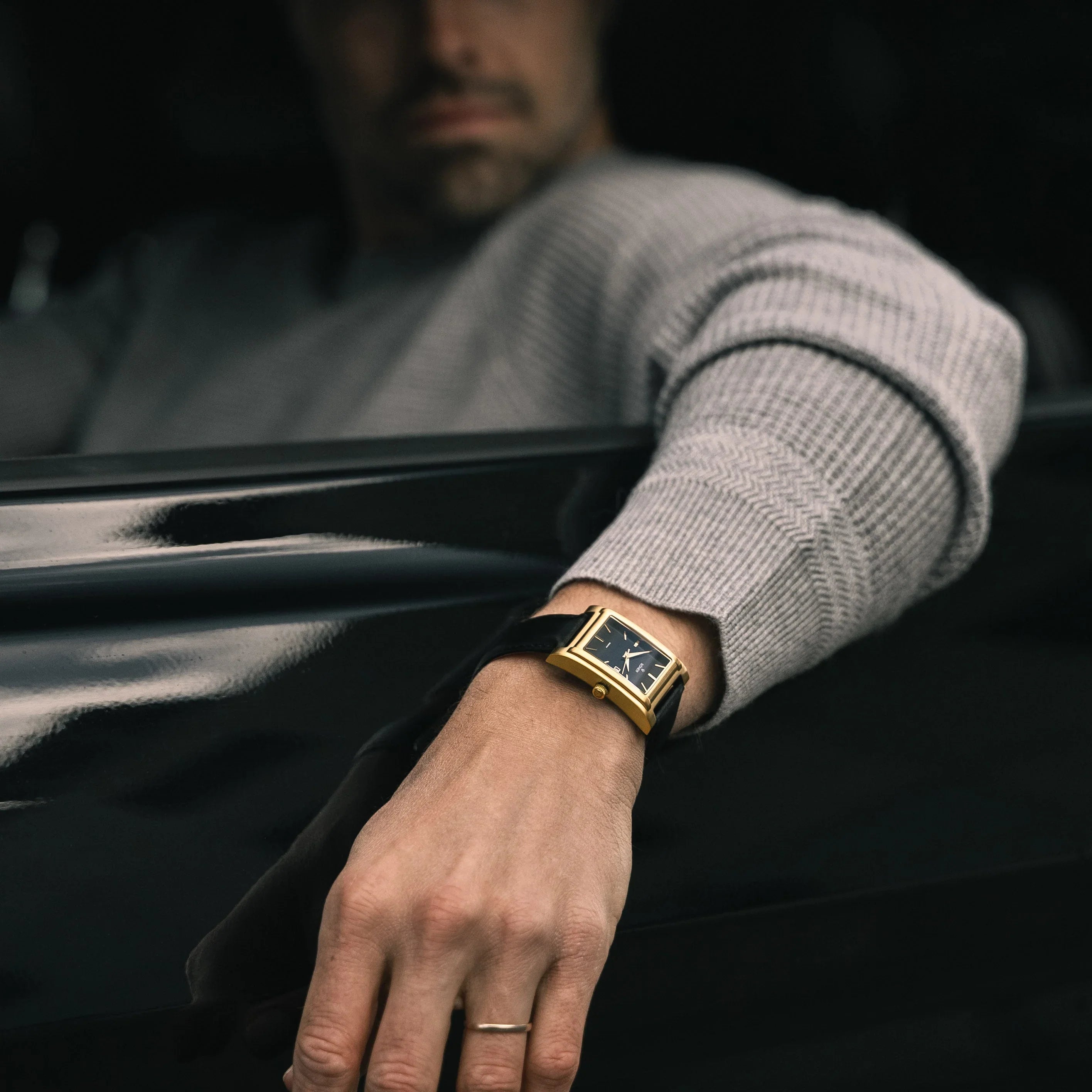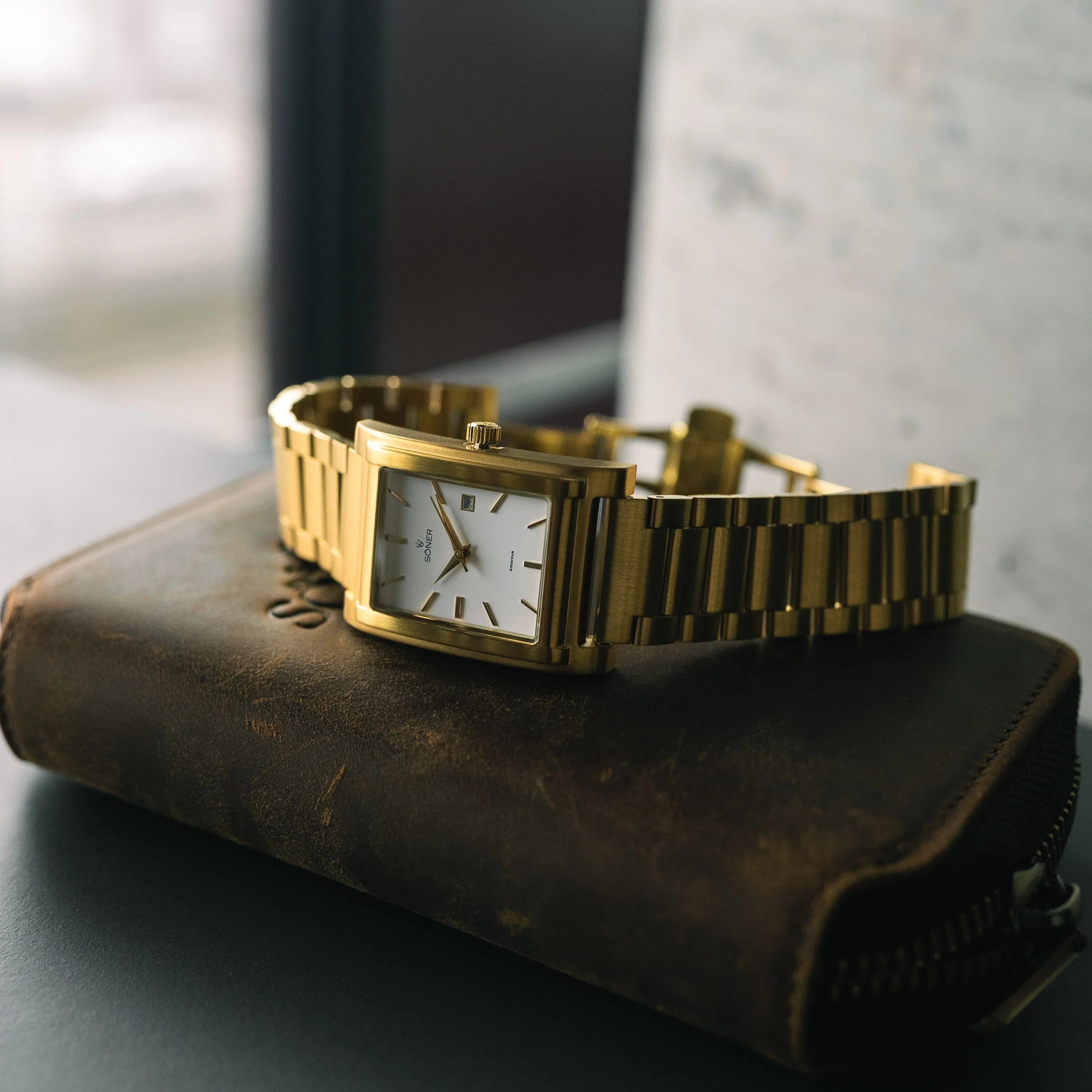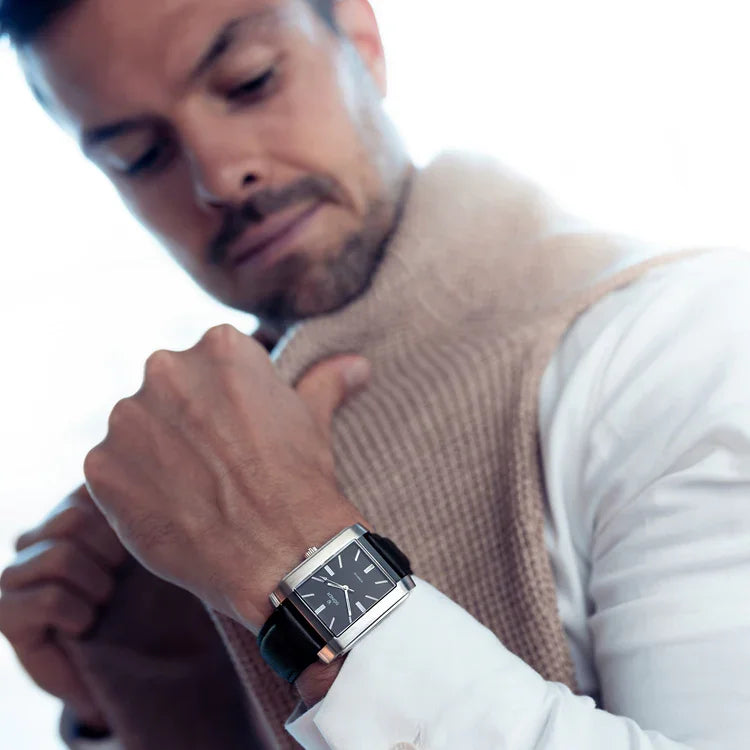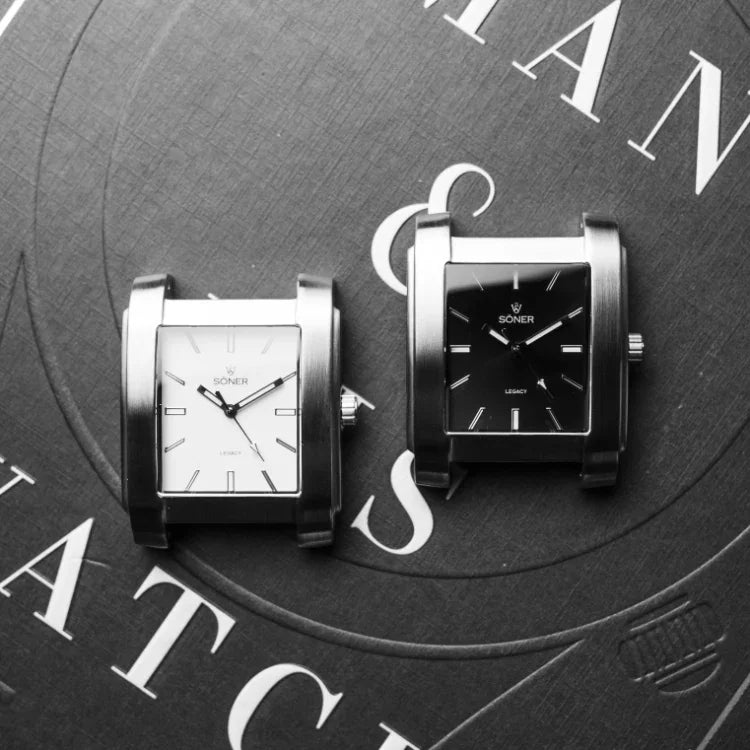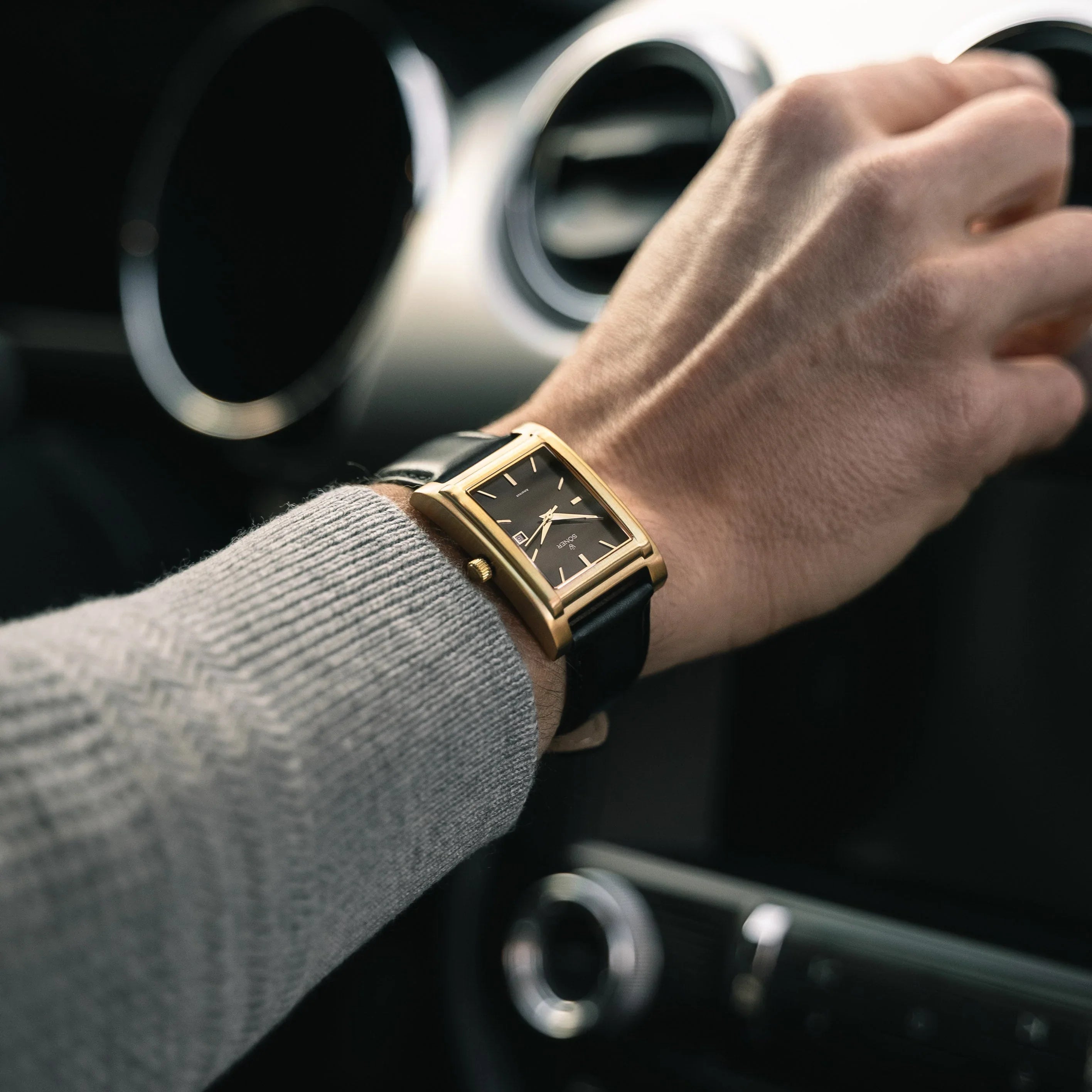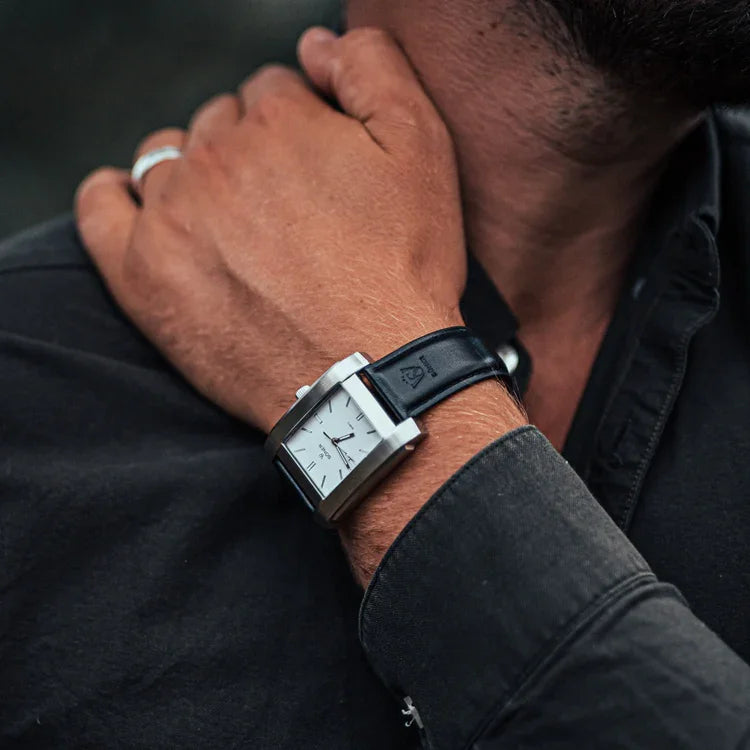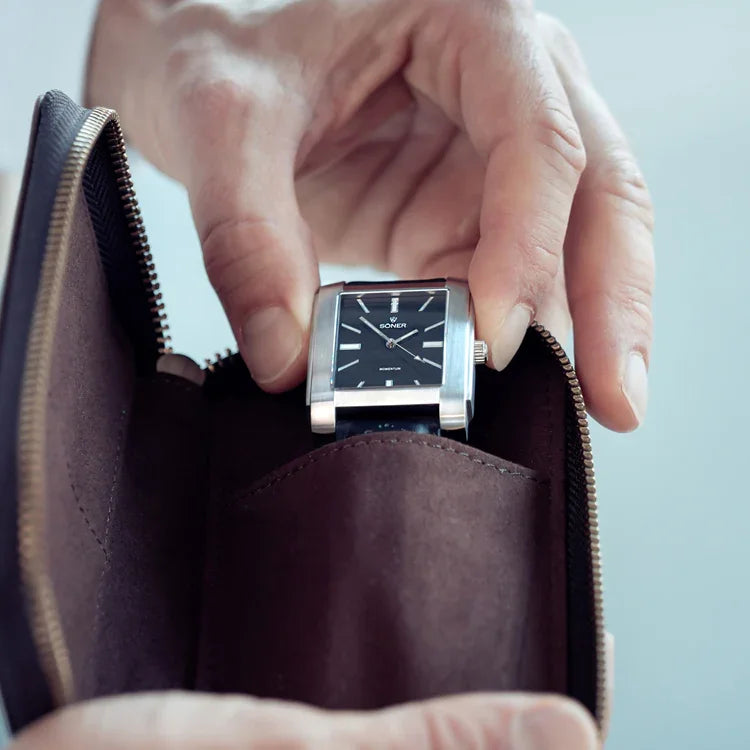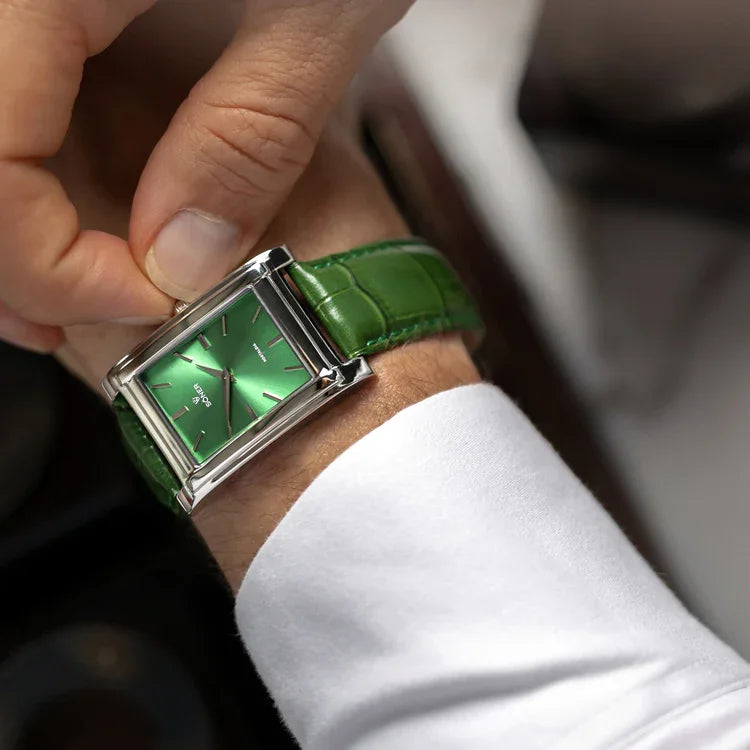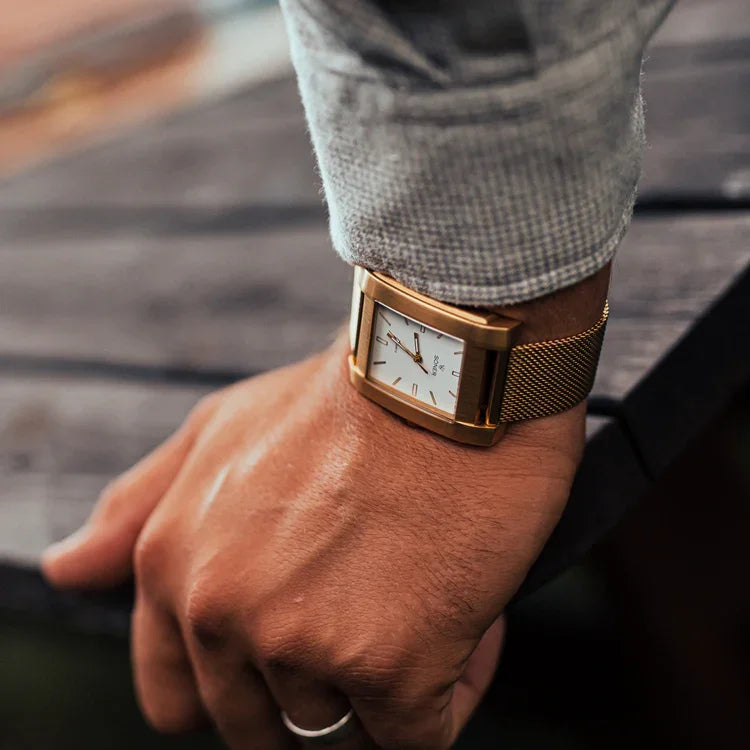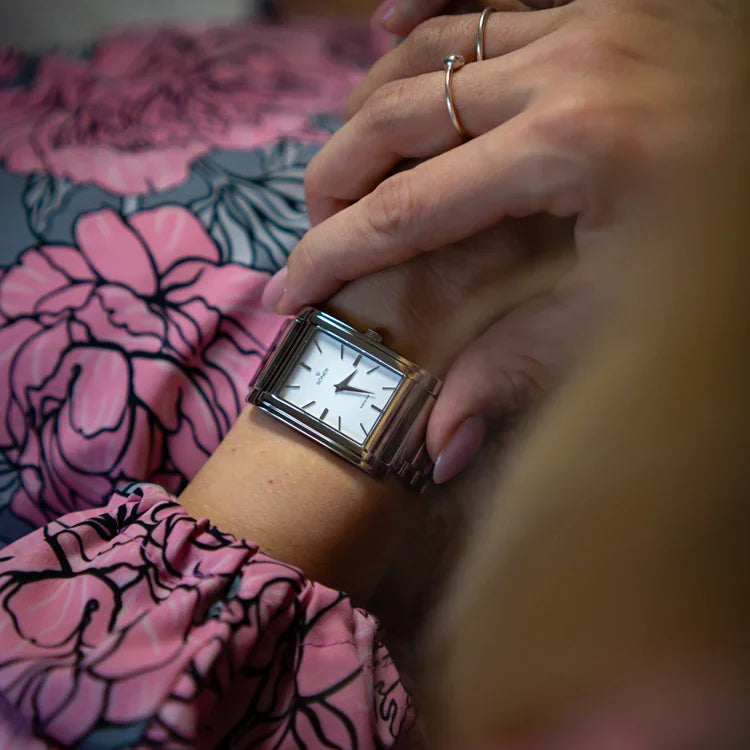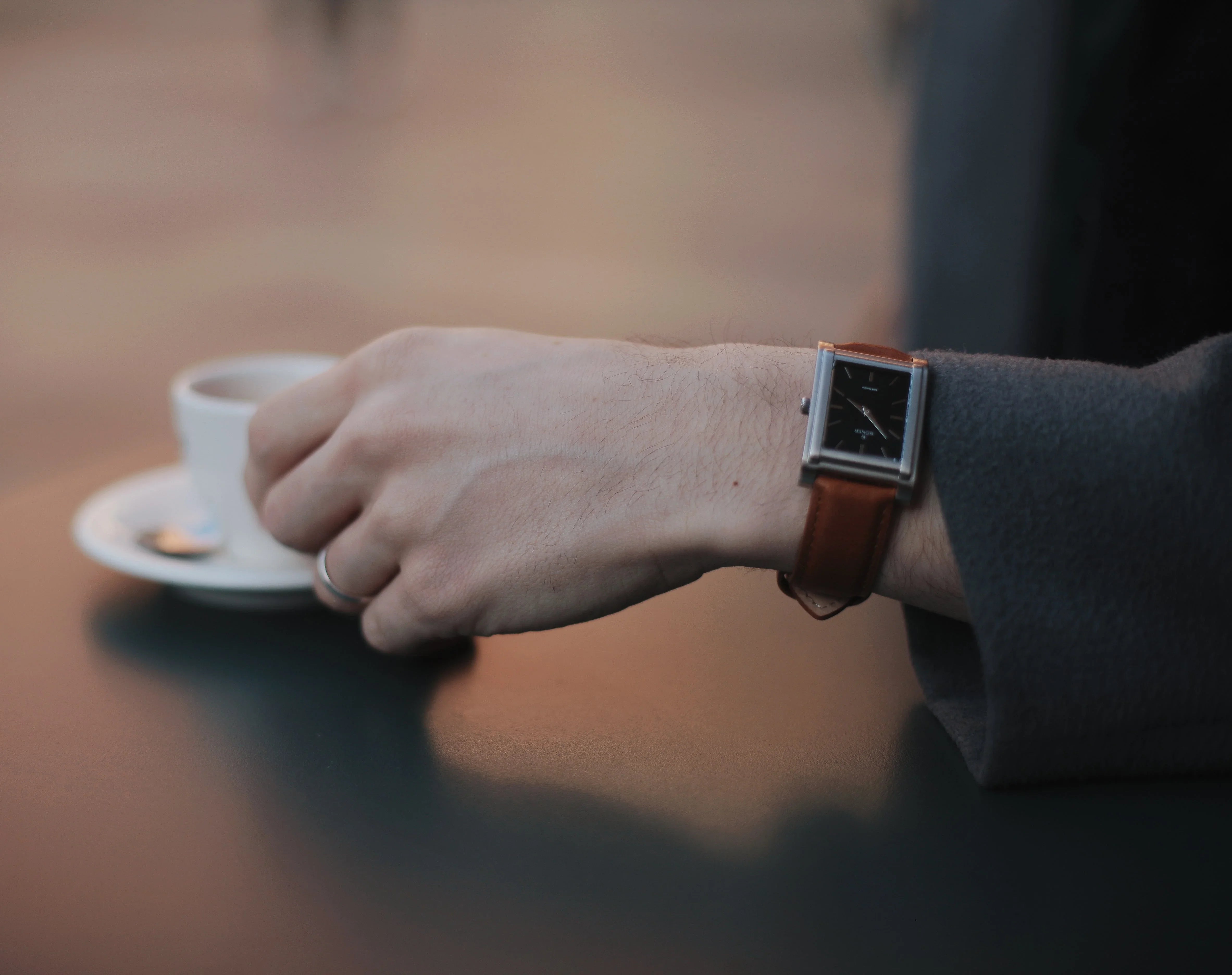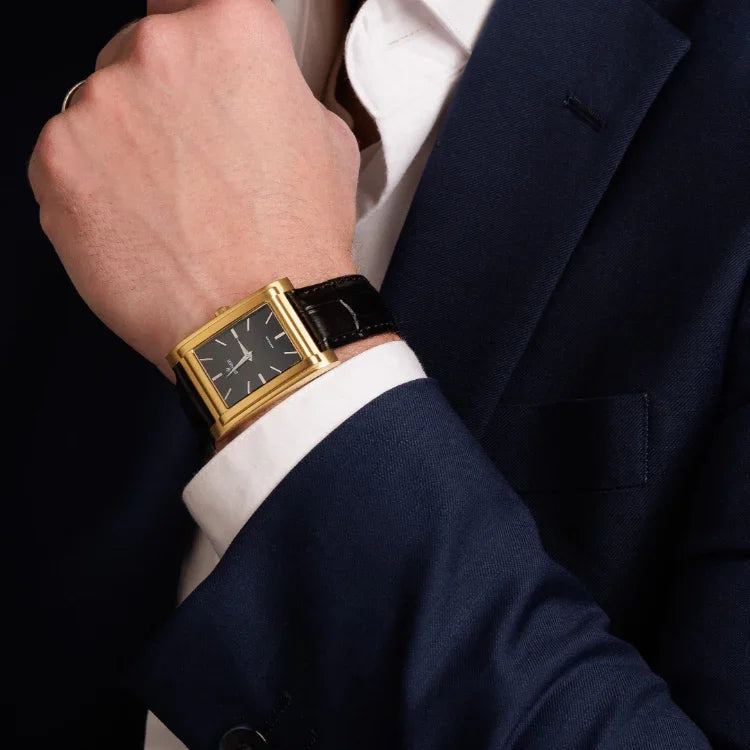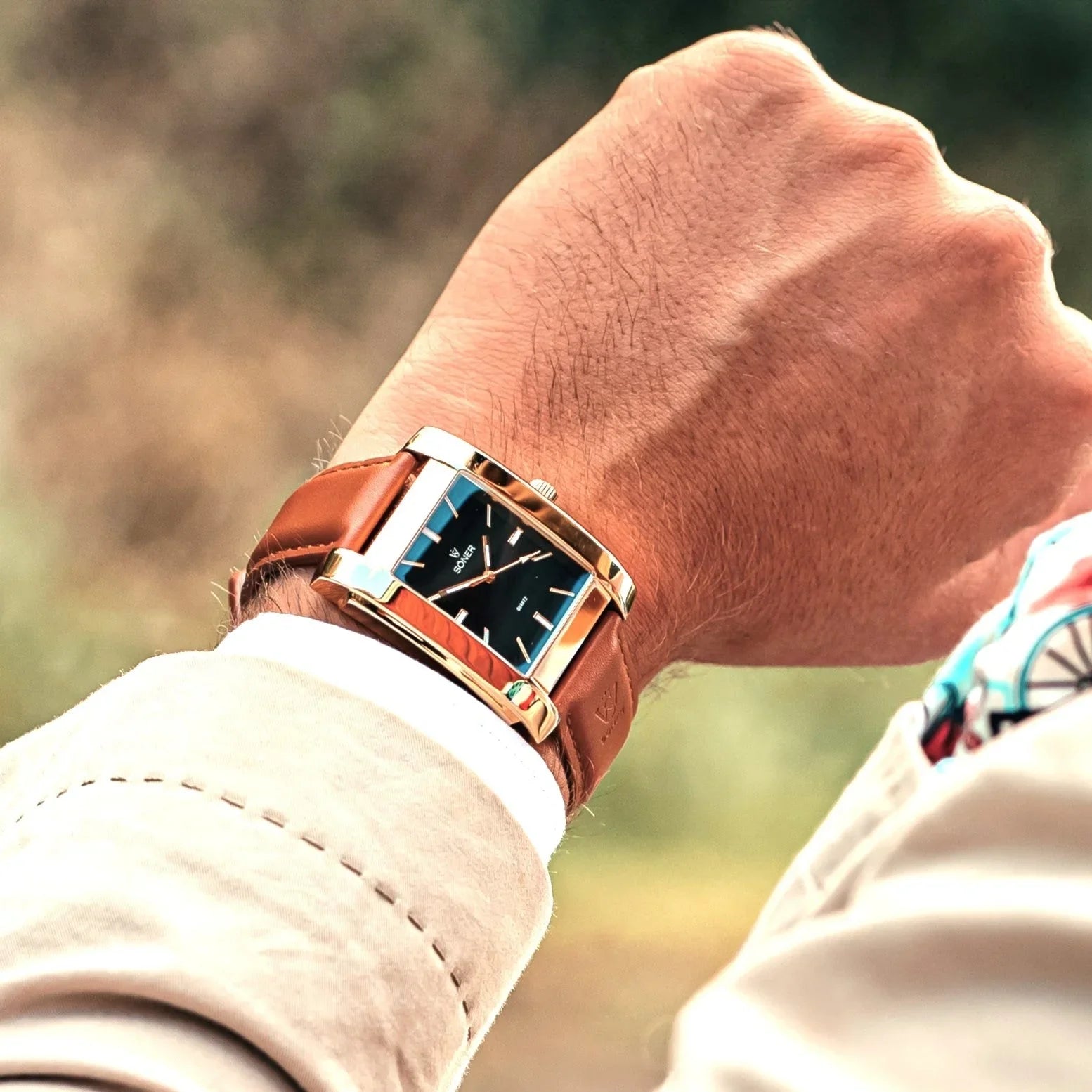Table of Contents
Capitolo uno parte 1:
Le Origini della Misurazione del Tempo
Sin dall'inizio della civiltà, gli esseri umani sono stati affascinati dal tempo. Dai cicli quotidiani del giorno e della notte alle stagioni che cambiano, i nostri antenati cercavano diversi metodi per misurare il tempo.
La storia della misurazione del tempo risale alle antiche civiltà come i Sumeri, gli Egizi e i Babilonesi. Queste prime civiltà utilizzavano metodi semplici per tracciare i movimenti del sole, della luna e delle stelle, per suddividere il giorno in segmenti più piccoli.
Uno degli sviluppi più significativi nella misurazione del tempo è stato l'invenzione della meridiana, che rappresenta uno dei metodi più antichi di misurazione del tempo conosciuti dall'umanità. Originaria dell'Antico Egitto intorno al 1500 a.C., questi primi orologi consistevano in un semplice bastone verticale, noto come gnomone, che proiettava un'ombra su una superficie segnata. Osservando la posizione dell'ombra, le persone potevano determinare l'ora del giorno.
L'uso delle meridiane si diffuse in tutte le antiche civiltà, inclusi i Greci e i Romani, che ne perfezionarono ulteriormente il design e l'applicazione. Matematici e astronomi greci, come Anassimandro e Aristarco, contribuirono allo sviluppo di meridiane più accurate studiando il movimento del sole e la sua relazione con l'asse terrestre. Le meridiane divennero elementi comuni nelle piazze pubbliche, nei templi e nelle residenze private in tutto l'Impero Romano, evidenziando la loro importanza nella vita quotidiana.
Le meridiane continuarono a essere utilizzate durante il Medioevo in Europa, sebbene in modo meno prominente. Tuttavia, rimasero parte integrante di vari aspetti della vita, in particolare nei contesti agricoli e religiosi.
Gli orologi solari erano realizzati con una varietà di materiali, come pietra, metallo, legno e persino carta, e si presentano in diverse forme e modelli, inclusi disegni orizzontali, verticali ed equatoriali, ciascuno ottimizzato per diverse latitudini e scopi.
Con l'avanzare delle civiltà, progredivano anche i metodi di misurazione del tempo. Le prime testimonianze di orologi ad acqua risalgono all'antico Egitto e alla Mesopotamia intorno al XVI secolo a.C. Queste prime clepsidre consistevano in un contenitore riempito d'acqua che gocciolava a un ritmo costante attraverso un piccolo foro. Il livello dell'acqua nel contenitore, che diminuiva gradualmente mentre gocciolava, misurava il passare del tempo. Le clepsidre venivano utilizzate per vari scopi, tra cui segnare le ore del giorno e della notte, regolare la durata dei discorsi nei procedimenti legali e determinare l'orario per i rituali religiosi.
Gli antichi Greci svilupparono ulteriormente la clepsidra, migliorandone il design e la precisione. Si dice che il filosofo e matematico greco Platone abbia inventato un sofisticato orologio ad acqua chiamato "clepsidra di Platone", che presentava un intricato sistema di vasi interconnessi che controllavano il flusso dell'acqua. Questo permetteva una misurazione del tempo più precisa, consentendo ai Greci di misurare intervalli anche di pochi minuti o addirittura secondi.

